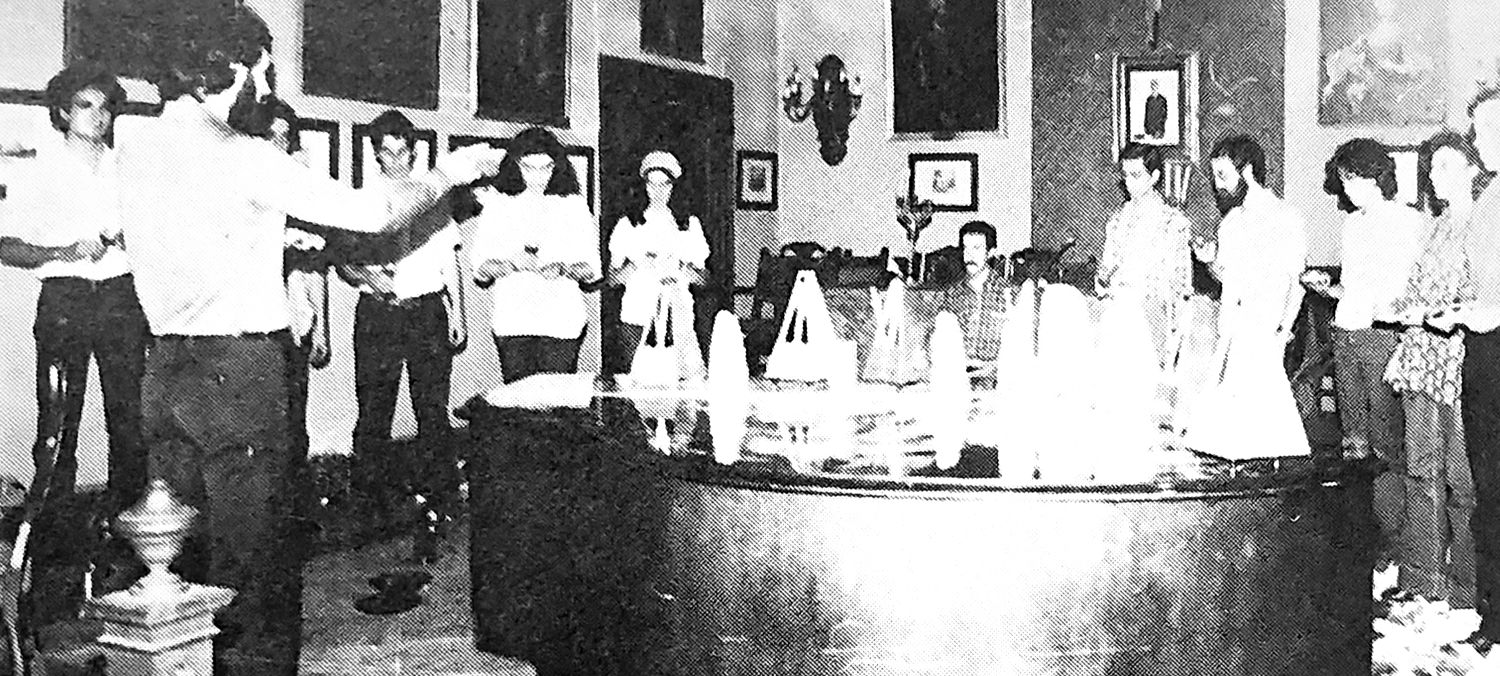Moat-III
Laia Estruch
04.10.2020
Sunday 4 October, 13.30 pm
Courtyard of the Palau de la Virreina.
Free.
Limited capacity with prior registration.
The doors will open 20 minutes before the start of the session.
The Moat project is an experimental stage practice. As an open work, it simultaneously initiates a study of the voice and the body in playground architectures. This piece responds to the need to open new lines of research related to the movement of the body in relation to the voice and the word by exploring and forcing their behaviours in the playground architectures of the early twentieth century.
For its performative activation, Moat III uses an inflatable plastic structure created from recovered elements and typological forms of playgrounds from the beginning of the last century. This structure acts as a stage, a score, an instrument and an archive. Through a direct relationship between body and structure, Moat III seeks to experiment, to fix sounds and routes generated by the body and voice through the bodily and acoustic behaviours of these recreational spaces.
Moat becomes a cross-cutting space through a series of performances, of which the sound recording leads to an audible search within the walkable structure of inflatable plastic.
It is a research work presented on stage, a game of resistance between two bodies and two voices that breathe and move at the same time within a score that is being created.
Laia Estruch (Barcelona 1981) has a degree in Fine Arts from the University of Barcelona (2010). She completed the final year of her degree in 2010 by studying Performance Art and Sound Art at The Cooper Union University in New York. Her artistic practice lies within the framework of performance and sculpture, though which she works on body language and voice. Using the spoken word, song, objects and publications, her projects analyse the emotional possibilities of the a cappella voice and the body without dramatization, opening a space for reflection in relation to the performative nature of language, sound recording and Estruch’s oral archive.











